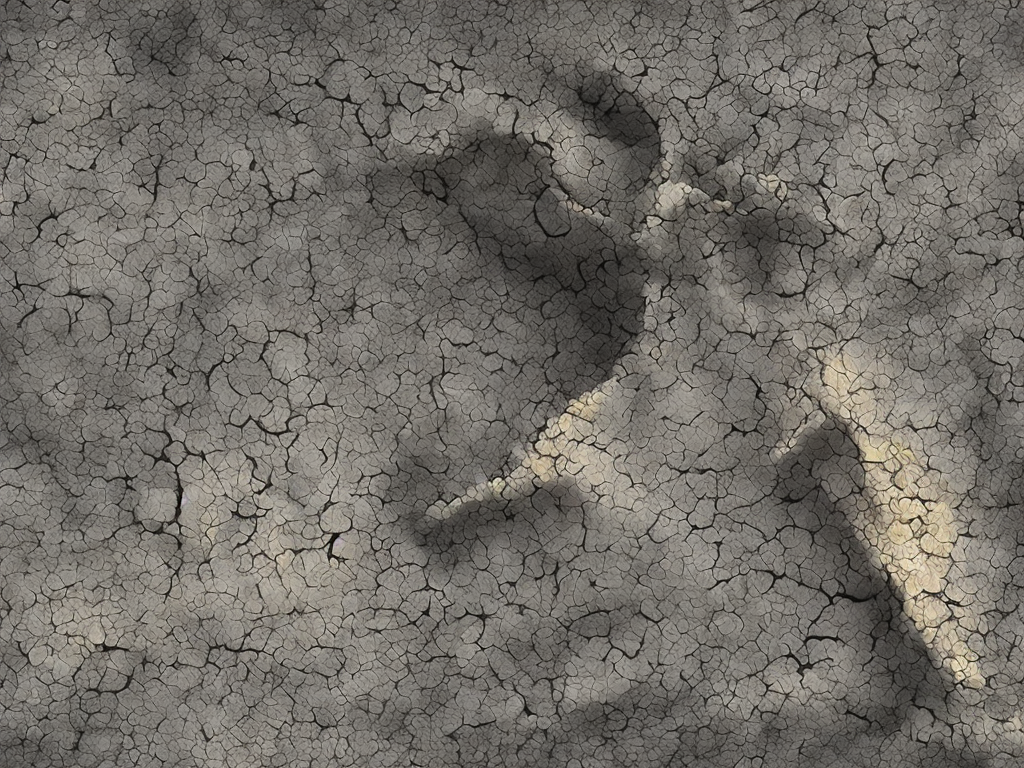
As natural disasters, tremors and earthquakes can cause confusion when it comes to understanding the differences between them. While both are related to seismic activities, they have significant differences that set them apart. Understanding these differences could save lives and property when faced with either of them. In this article, we will take a closer look at the differences between a tremor and an earthquake.
What is a Tremor?
A tremor is a small-scale seismic activity that lasts for a few seconds and is often undetectable by humans unless they are very sensitive to shaking. Tremors are caused by small movements of the earth's crust and are usually local, occurring in specific areas where faults are present. These can be natural faults or man-made, such as tunnels or mines.
There are two types of tremors: Volcanic tremors and tectonic tremors. Volcanic tremors are caused by the movement of magma beneath the earth's surface. These are often followed by volcanic eruptions. Tectonic tremors, on the other hand, are caused by the shifting of tectonic plates. These may be caused by natural phenomena such as aftershocks or anthropogenic activities such as mining.
Tremors can lead to damage to buildings and other structures in the immediate vicinity. However, it is important to note that tremors are not as devastating as earthquakes. In most cases, they are still considered minor seismic activities, and people who experience them usually do not need to evacuate the area unless the tremor is significant.
What is an Earthquake?
An earthquake, also known as a quake, trembler, or temblor, is a larger-scale seismic event that occurs when there is a sudden release of tension in the earth's crust. Earthquakes can cause significant damage to buildings and other structures, and in some extreme cases, they can cause loss of life.
Earthquakes occur when there is a sudden movement along fault lines or when there is significant pressure buildup under the earth's surface. These can occur naturally or as a result of human activities such as mining, drilling, or building dams. The magnitude of an earthquake is measured using the Richter scale, which ranges from 1 to 10, with a higher number indicating a more severe earthquake.
The energy released during an earthquake sends shock waves through the earth, which causes the ground to shake violently. This can cause extensive damage to buildings, roads, bridges, and other infrastructure. In addition, earthquakes can also cause landslides, tsunamis, and other secondary effects that can worsen the damage caused by the quake itself.
Key Differences Between Tremors and Earthquakes
1. Size: Tremors are usually small-scale events that last for only a few seconds, while earthquakes are larger-scale events that can last for several minutes or even hours.
2. Magnitude: Tremors are typically measured on the moment magnitude scale, while earthquakes are measured on the Richter scale.
3. Damage: Tremors can cause damage to buildings and other structures in the immediate area, while earthquakes can cause widespread damage to entire cities or regions.
4. Frequency: Tremors occur more frequently than earthquakes and are often a sign of impending earthquakes.
5. Epicenter: Tremors typically have a localized epicenter, while earthquakes can have multiple epicenters.
6. Aftershocks: Tremors do not usually produce aftershocks, while earthquakes can produce several aftershocks in the hours and days following the main event.
Conclusion
In conclusion, tremors and earthquakes are both seismic events that can cause extensive damage to buildings, infrastructure, and human life. Tremors are small-scale earthquakes that are usually localized, while earthquakes are larger-scale events that can impact entire regions. While tremors can be predictive indicators of impending earthquakes, they are not as devastating as earthquakes themselves. Understanding the differences between tremors and earthquakes can save lives and property when faced with either of them.
 Self-Instruct
Self-Instruct